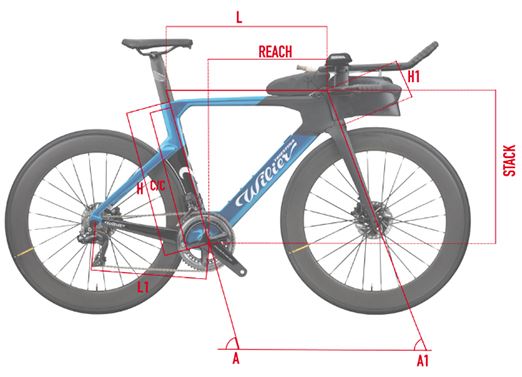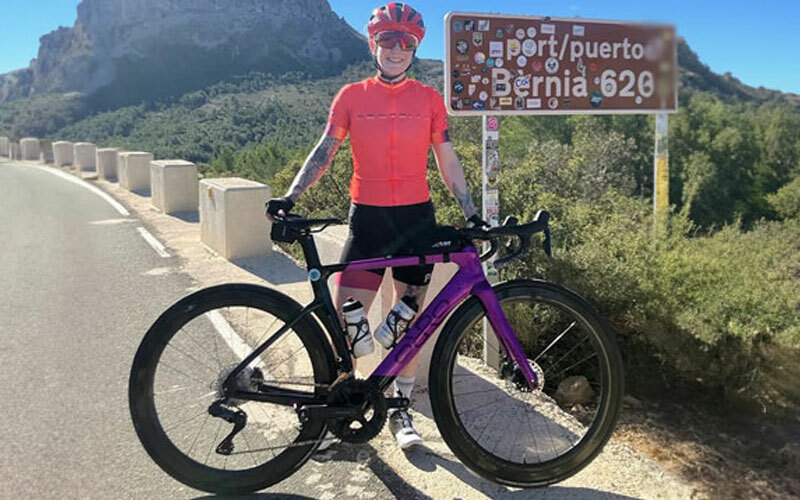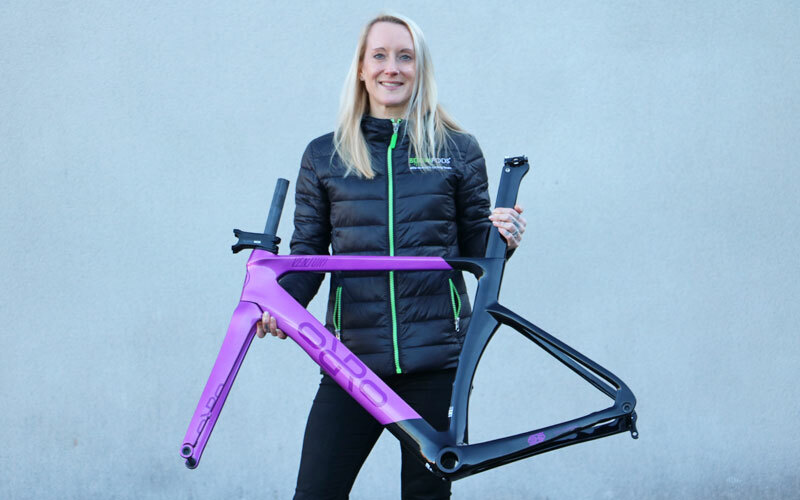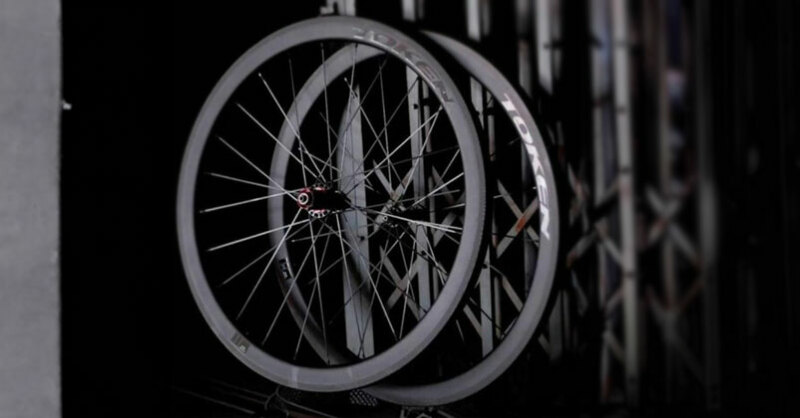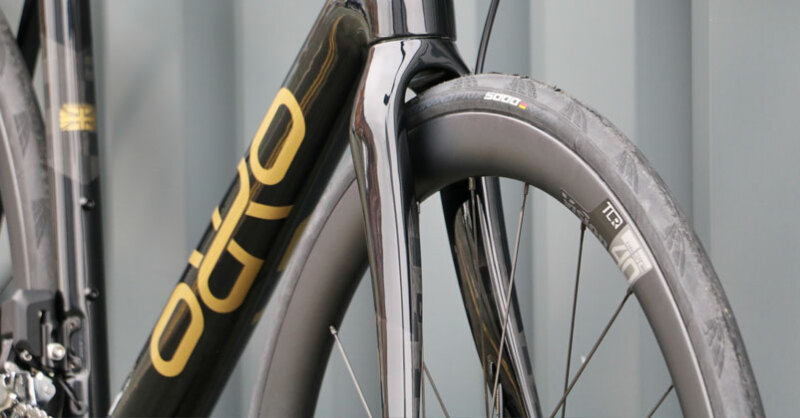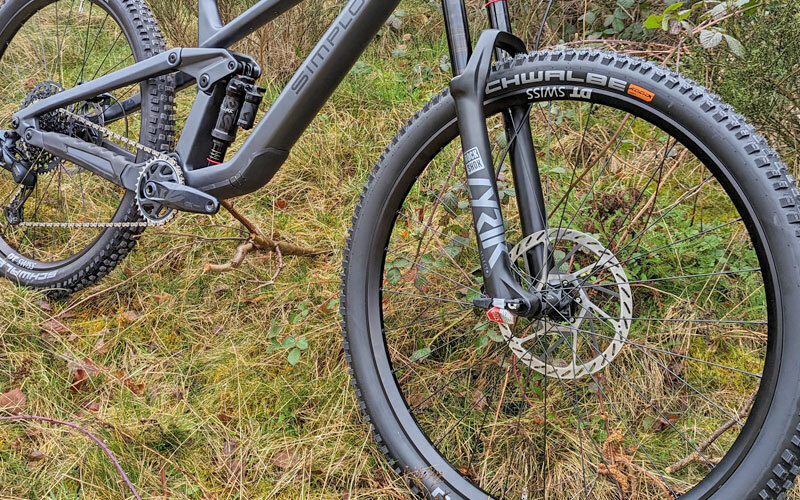Time Trial and Triathlon Bike Guide
These types of bikes are designed to be as aerodynamic as possible, to minimize drag, so that the rider can travel faster than a standard road bike while producing the same amount of power. Drag is the biggest factor slowing a rider down once travelling faster than 10 mph. Both in individual time trial and triathlon races, riders race alone and reducing drag is a big lever available for a rider to improve performance. The downside to all the extra aerodynamics, is that these bikes are typically 1 – 2kg heavier than a regular road bike. These bikes are also not usable in bunched racing (excluded largely because the tri bar position and the inability to brake and steer quickly). It is also worth considering that the single biggest effect on performance is the position of the rider on the bike. A rider with a good aerodynamic riding position on a road bike could be faster than the same rider, if they had a not-so-great position on a specialist time trial / triathlon bike.
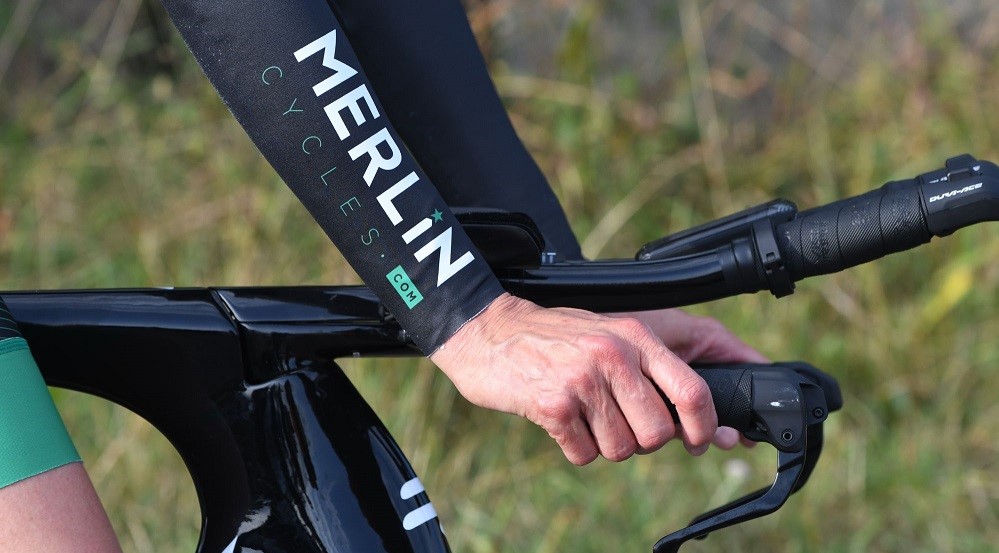
What makes Time Trial / Triathlon bikes bike different?
These bikes differ from regular road bikes in three key areas;
Geometry
Time trial and Tri bikes tend to have a steeper seat tube angle, this puts the rider further forward, for many riders increases power. Framesets are optimized for power transfer and stiffness – this is often to the detriment of general riding comfort, especially for longer rides.
Aerodynamics
A shorter head tube on the frame allows for a lower frontal area and more aggressive riding position. Frame tube joins tend to be smooth and reduce drag at speed. Frame tubes are usually closer to wheels to aid aerodynamics. Tri bars mounted on a base bar offer a fast tuck position for racing in a time trial or triathlon.
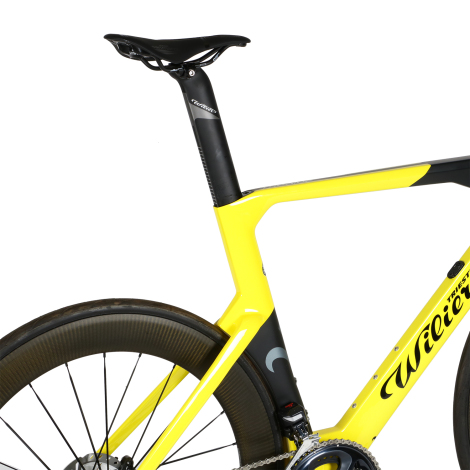
Wheels
The fastest wheels are usually rear disc wheel and a deep section front wheel. Whilst not necessarily the lightest option, these wheel hold the speed better and cut through the wind easier. Deep section carbon wheels are also popular for time trial and triathlon races, they are also less effected in cross winds than a solid rear disc wheel. If you are new to racing, it is worth considering time trial and triathlon bikes often come with wheels more suitable for training than racing. To get the most from your new race bike, allow room in your budget for specific race wheels.
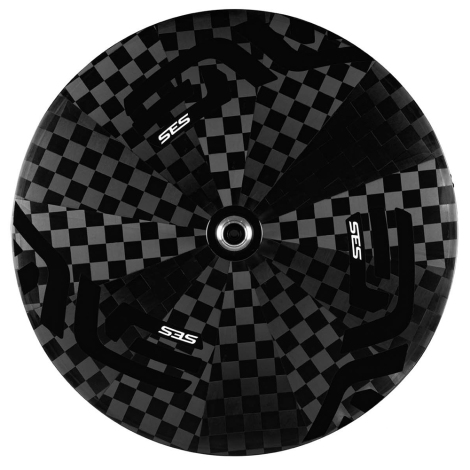
nitty gritty on Time Trials and Triathlons
Time trial events have been popular in the UK for a long time. In the rest of the world however, time trialing is very much a niche, seldom seen as a stand-alone race, more commonly part of a stage race. Time trial bikes are generally manufactured with World Tour riders in mind for time trial stages of multi day stage races as well as world championships. Because these races are governed by the UCI (Union Cyclisme International), they have to adhere to their rules. UCI rules dictate the traditional diamond shape frame, as well as allowable frame tube shapes and rider position, the saddle tip has to be 5cm behind the bottom bracket. Triathlon bikes are not governed by the UCI and so the rules are much more relaxed. In the UK, CTT (Cycling Time Trial) events are not governed by British Cycling (and the UCI) and so triathlon bikes are allowed in CTT events, but not British Cycling time trial events such as the British Cycling National Championship time trial.

